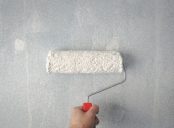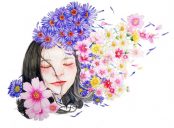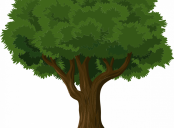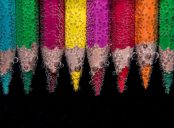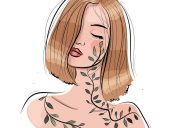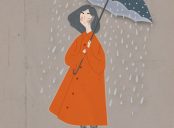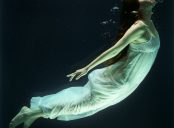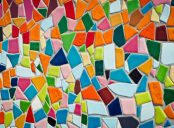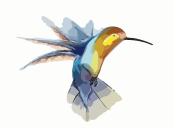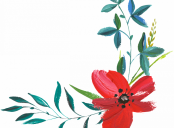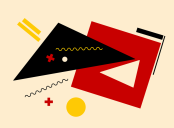Konstnärligt förfulande: Exploring the Aesthetics of Uglification
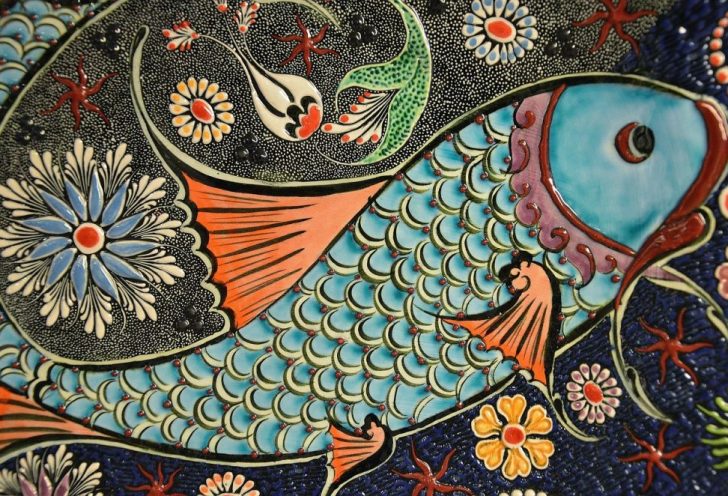
I. Introduction
In recent years, a unique and controversial trend has emerged in the art world ”konstnärligt förfulande,” or artistic uglification. This article aims to provide a comprehensive overview of this form of artistic expression, including its definition, various types, popularity, and quantitative measurements. Additionally, it will explore the differences between different forms of artistic uglification and delve into the historical pros and cons associated with it.
II. What is Konstnärligt Förfulande?
Konstnärligt förfulande refers to the deliberate distortion or alteration of objects, spaces, or images to create a sense of ugliness or discomfort. It challenges traditional notions of beauty, forcing viewers to question their preconceived ideas and confront their own reactions. This unconventional approach to art has gained traction in recent years, captivating audiences with its thought-provoking nature.
Types of Konstnärligt Förfulande:

1. Provocative Sculptures: Artists often create sculptures that blatantly defy traditional standards of beauty. These pieces may be disfigured, fragmented, or exaggerated in form, evoking a range of emotional responses from viewers.
2. Distorted Photography: Photographic techniques like double exposure or digital manipulation can be employed to create visually jarring images that challenge viewers’ aesthetic sensibilities.
3. Ugly Spaces: Artists transform everyday spaces, such as public parks or buildings, into intentionally unappealing environments through the use of unconventional materials or disruptive design choices, challenging societal ideals of attractiveness.
III. Quantitative Measurements of Konstnärligt Förfulande
Quantifying artistic uglification can be challenging due to its subjective nature. However, surveys and polls have been conducted to gauge public perceptions and opinions on this form of art. These measurements can help analyze the impact of such works on audiences and provide valuable insights into the reception of konstnärligt förfulande.
IV. Differences between various forms of Konstnärligt Förfulande
While konstnärligt förfulande is a broad term encompassing various art forms, each with its own unique characteristics, it is important to understand the distinctions between them. For example, provocative sculptures may rely on the tactile experience, while distorted photography primarily engages the visual senses. These differences in mediums and execution contribute to the diverse range of emotional responses elicited from the audience.
V. Historical Overview of Pros and Cons
a. Advantages:
Past movements such as Dadaism and Surrealism have embraced artistic uglification as a means to challenge societal norms and provoke critical thinking. By breaking away from conventional aesthetic ideals, konstnärligt förfulande offers a fresh perspective and encourages a reevaluation of one’s preconceived notions of beauty.
b. Disadvantages:
Critics argue that artistic uglification can alienate audiences, as its intentional aversion to beauty challenges the viewer’s ability to find emotional connection or appreciation within the artwork. Furthermore, the subjective interpretation of ugliness may hinder the understanding and accessibility of such works.
VI. Conclusion
Konstnärligt förfulande pushes the boundaries of aesthetic norms and offers a new lens through which individuals can examine their perception of beauty. By encompassing various art forms, artists challenge societal expectations and force viewers to engage with uncomfortable or unattractive imagery. While controversial, artistic uglification has the power to provoke thought, stimulate dialogue, and redefine traditional notions of beauty in the art world.
Video Insert
– Include a relevant video clip here that showcases konstnärligt förfulande in action, such as an artist discussing their work or a montage of various works of art that exemplify this aesthetic.
In conclusion, konstnärligt förfulande is an intriguing and divisive form of artistic expression that challenges our ingrained ideas of beauty. By exploring the history, types, measurement, and differences within this art movement, audiences can gain a deeper understanding of its purpose and impact. Whether viewed with admiration or skepticism, it undoubtedly continues to push boundaries and spark conversations within the art world.

